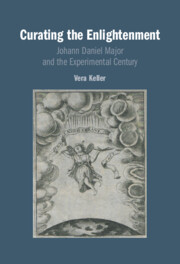Bibliography
Published online by Cambridge University Press: 07 December 2024
- Type
- Chapter
- Information
- Curating the EnlightenmentJohann Daniel Major and the Experimental Century, pp. 351 - 390Publisher: Cambridge University PressPrint publication year: 2024

